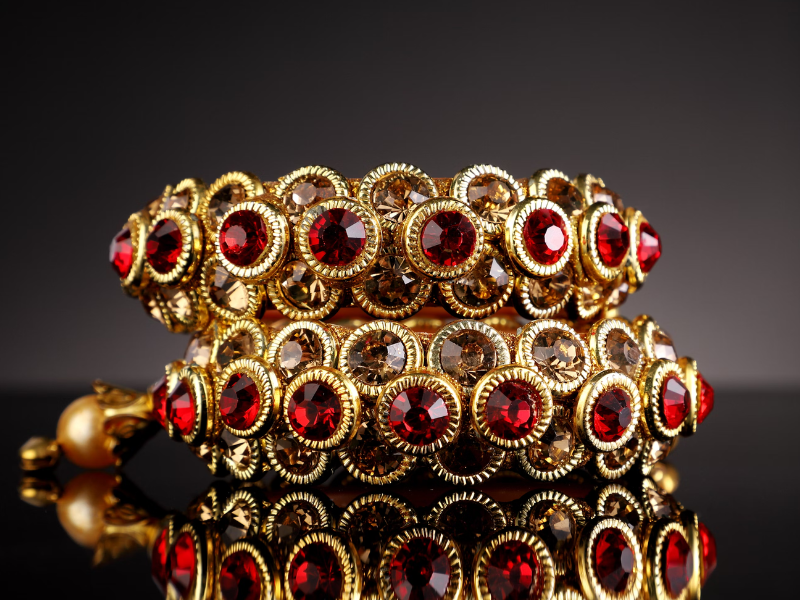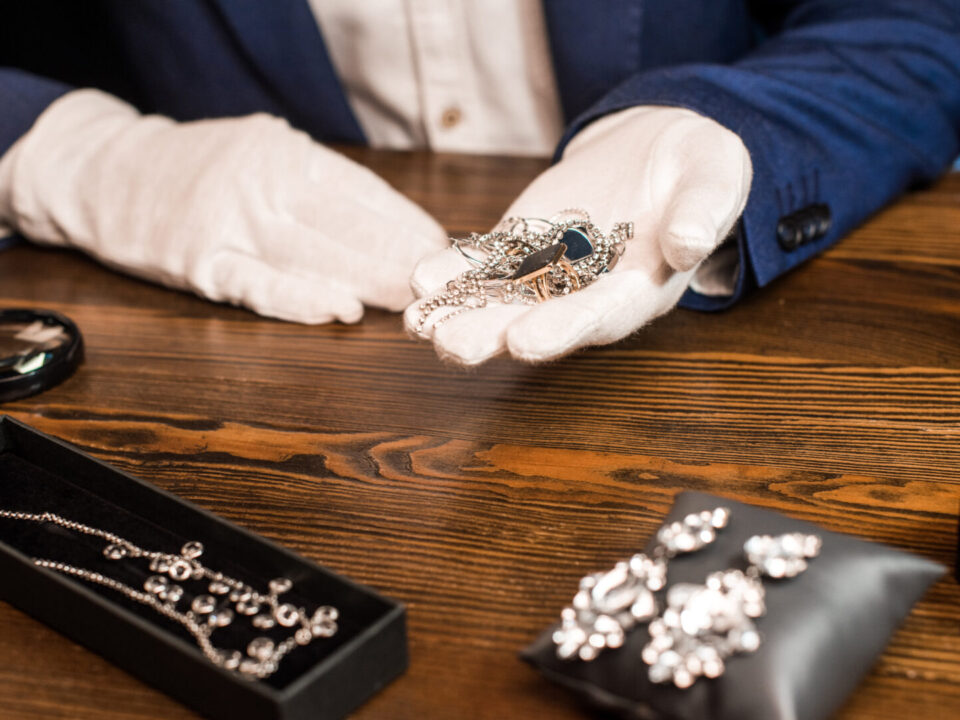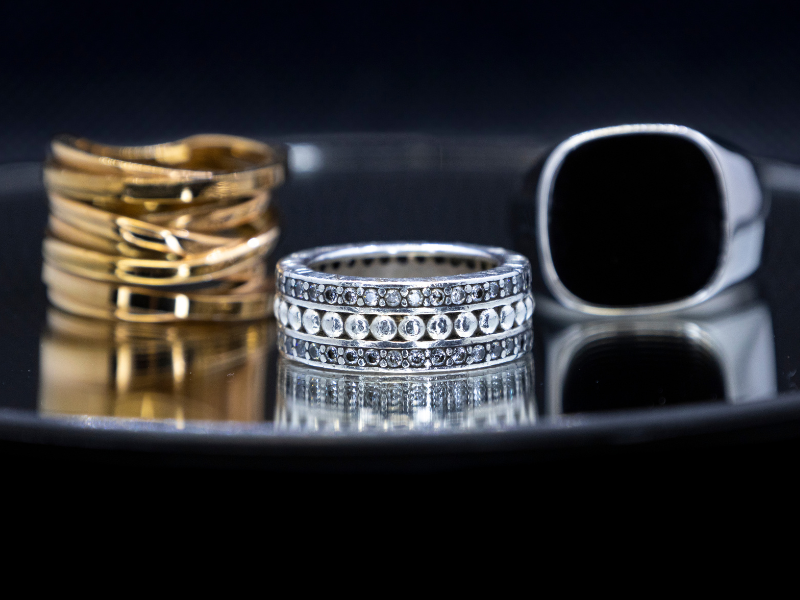Among the world’s rare gems, few can match the beauty of the ruby. Given rubies’ stunning red hue and exceptional durability, it’s no wonder that these gems have been sought out throughout the ages.
Today, you can find rubies in jewelry, collectibles, galleries, and more. As July’s birthstone and the focus of collectors, these valuable gems have inspired deep connections and interest for thousands of years.
But do you truly know rubies beyond their appearance? These little gems carry with them an incredible story as well as interesting features that go well beyond the obvious. So, let’s take a deep dive into the ruby to learn more!
How Are Rubies Formed?
The formation of any rare gem is an intriguing process, and the same is true for rubies. Rubies belong to the corundum family of minerals, which is a mineral type that is densely packed with aluminum and oxygen. Funnily enough, sapphires are also a member of the corundum family. In its purest form, corundum is colorless, but slight chromium variations give rubies their iconic red color.
To create corundum minerals, and rubies by extension, requires an extreme amount of heat and pressure. This is most commonly found deep in the Earth’s crust. Rubies specifically are usually formed with metamorphic rock like marble, gneiss, or schist. Additionally, it takes an incredibly long time for rubies to be created, upward of 20 to 30 million years!
Despite needing intense geological conditions for their creation, rubies are found in many different parts of the world, including Asia, the Middle East, Australia, and North America. The quality of rubies can differ from location to location, with the most highly prized rubies coming from Myanmar.
Properties of a Ruby
Each type of gem has its own unique set of properties that makes it what it is. The underlying properties make a ruby look, feel, and act like a ruby, so it can be interesting to break down some of these key elements:
- Chemical Formula: Aluminum Oxide (Al2O3)
- Colors: Red
- Transparency: Transparent to opaque
- Hardness: 9 on the Mohs scale
- Luster: Vitreous
- Refractive Index: 1.76-1.78
- Birefringence: -0.008
- Streak: Colorless
- Fluorescence: Strong – Carmine red
While not everyone fully understands these scientific properties, knowing them can help the more scientifically inclined individuals among us appreciate rubies that much more!
Why Are Rubies So Rare?
Like the gemstone itself, the reasons for the ruby’s rarity are multifaceted. The first reason is that rubies are extremely hard to obtain. They aren’t found everywhere in the world, and mining companies eagerly seize on and staunchly defend any deposits they find. In some areas, political forces make ruby deposits inaccessible, further limiting access to them. On top of all that, while rubies can sometimes be found near the surface, other times they are not, which means miners must dig up to 60 feet into the rock and stone to find these gems.
Another supply factor that must be considered is how long it takes to create a ruby. As mentioned earlier, rubies typically take 20-30 million years to form. That’s not exactly quick! For all intents and purposes, we have a limited supply of rubies, and after they’ve all been extracted, that’s it for another few million years. Meanwhile, the demand for these precious gems is high, so the value of the ruby reflects that.
How to Judge a Ruby’s Quality
To properly judge the quality of a ruby, there are a few main factors you should take into consideration. The first one is the color. After all, rubies are prized because of their beauty, so the color must be attractive for the ruby to be considered high quality. Generally, you don’t want a ruby that is too dark or too light colored, as being too far in either direction will affect how the gem reflects light. Additionally, the color should be pure red, without the interference of other colors such as purple or orange.
The next consideration is the imperfections present in a ruby. In the world of rubies, flaws are commonplace and accepted, to a degree. In fact, a truly flawless ruby is probably fake. However, obvious imperfections that affect the viewing pleasure of a ruby will cause it to be less valuable. There are ways in which imperfections in a ruby positively affect its quality; for example, thin mineral needles that help to scatter light in a pleasing, evenly distributed fashion around the ruby’s crown will often improve the ruby’s value.
Finally, you must consider the shape or cut of a ruby when determining its quality. Every ruby is unique and must be cut in a way that preserves its natural beauty. A quality cut will bring out the best aspects of the ruby, while a mediocre cut will emphasize the flaws present and lead to a lower-quality product.
Shop for Jewelry with Ruby Gemstones
The world of rubies is vast, beautiful, and intricate. If you want to explore it, consult the experts at Joshua Kodner Galleries first. We are deeply familiar with every kind of rare gem and can properly evaluate rubies both in gem form and as exquisite jewelry pieces. For decades, we’ve helped our valued clients find the treasures they’re searching for, including stunning ruby jewelry that we have in stock. Browse our premier collection for fine jewelry featuring precious gemstones. Contact us today if you would like an appraisal.




